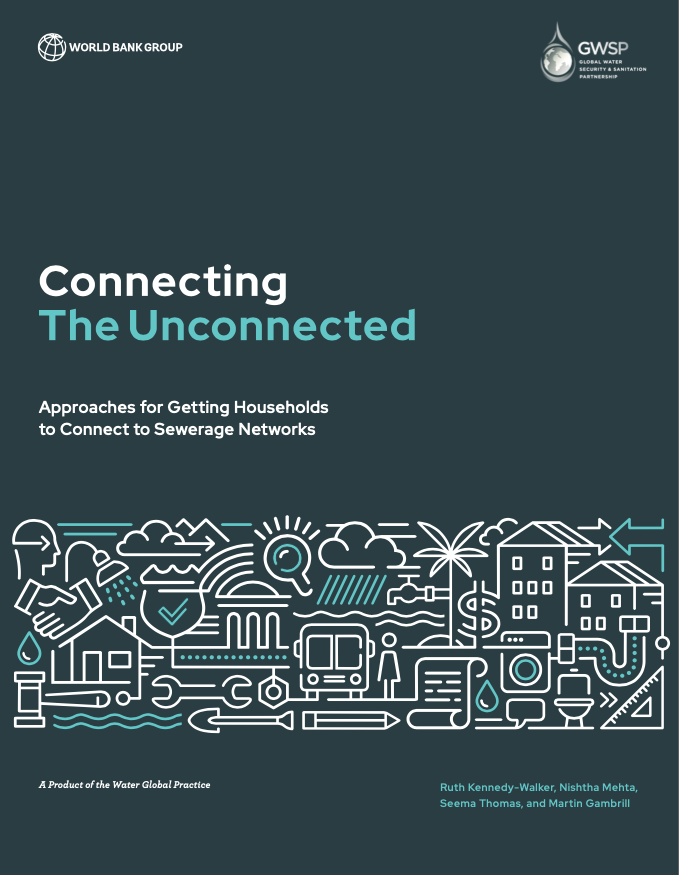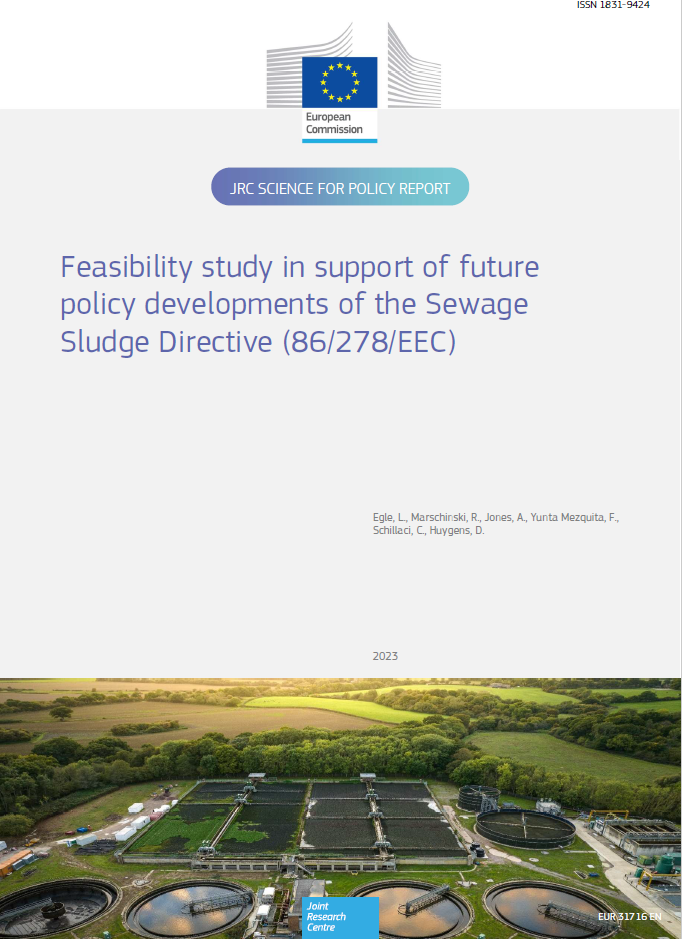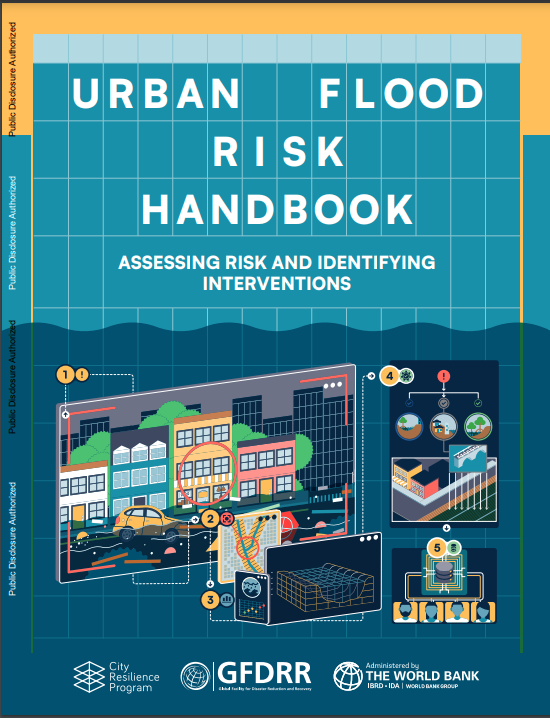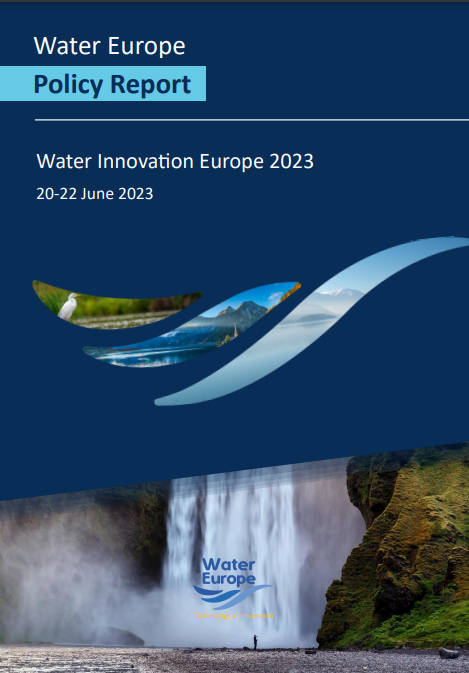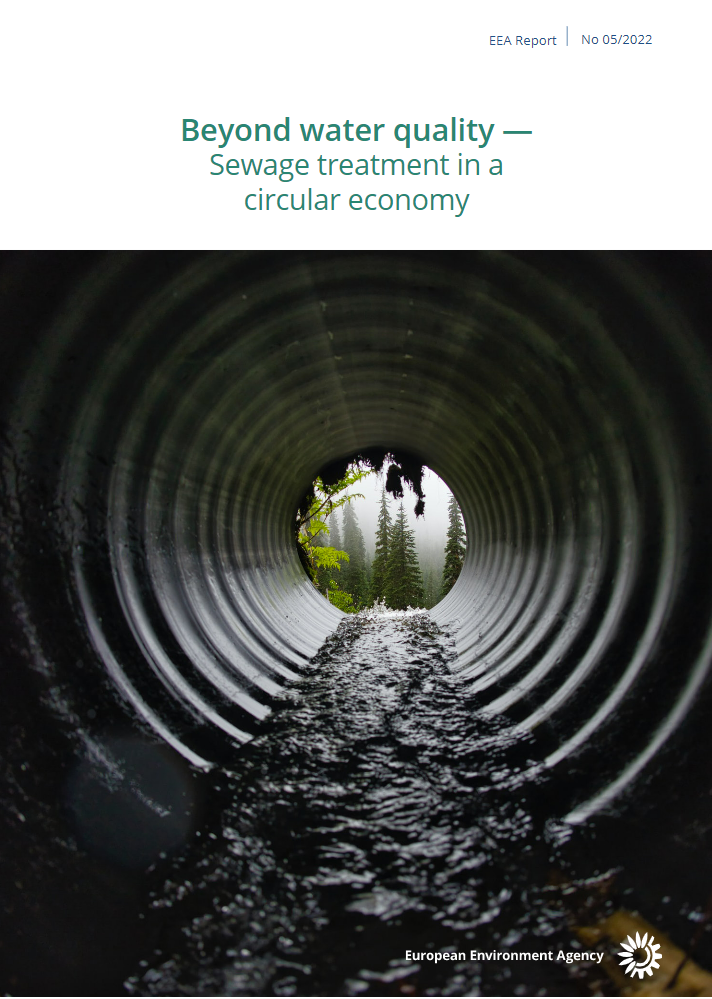Cities and towns in low- and middle-income countries tend to grow rapidly, and they struggle to maximize the number of households provided with safely managed sanitation services, as defined by the Sustainable Development Goals (SDGs). This situation results in negative public health and environmental effects not only in the most vulnerable communities but also across urban agglomerations.
Providing sanitation services helps governments deliver on their commitment to SDG 6.2: achieving access to adequate and equitable sanitation and hygiene for all by 2030. In cities with existing sewerage networks, we often find many households not connected to networks even when they pass in front of their houses. In addition to negative public health and environmental effects, low sewerage connection rates mean that the wastewater treatment plants (WWTPs) to which the sewers should discharge are underutilized. This situation adversely affects the performance of treatment facilities, both from an operational and a financial perspective, reducing plants efficiency and returns on investments. For sanitation service providers, low household connection rates to sewers comes at a great cost, affecting their bottom lines, their financial sustainability, and their operational efficiency and ultimately creating a vicious cycle both financially and operationally because of lower-than-expected revenues.
